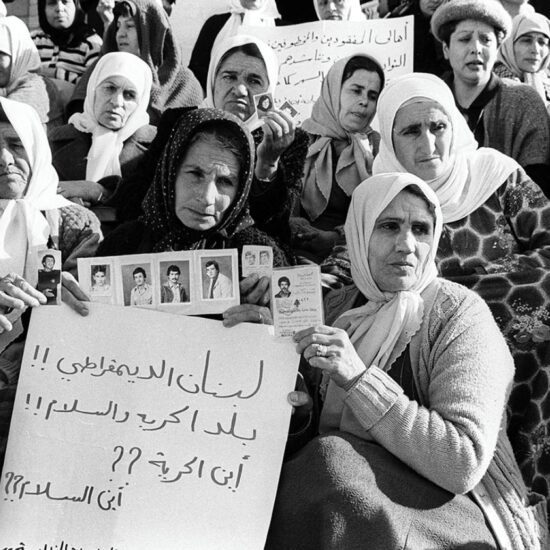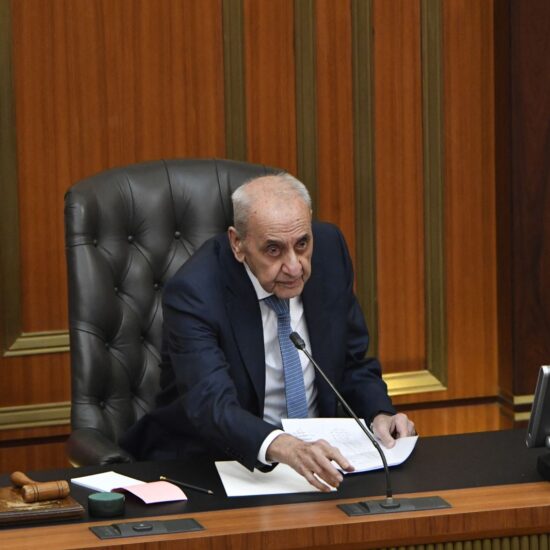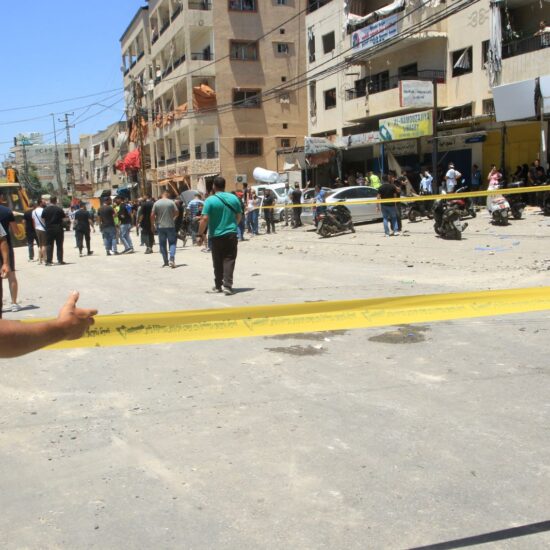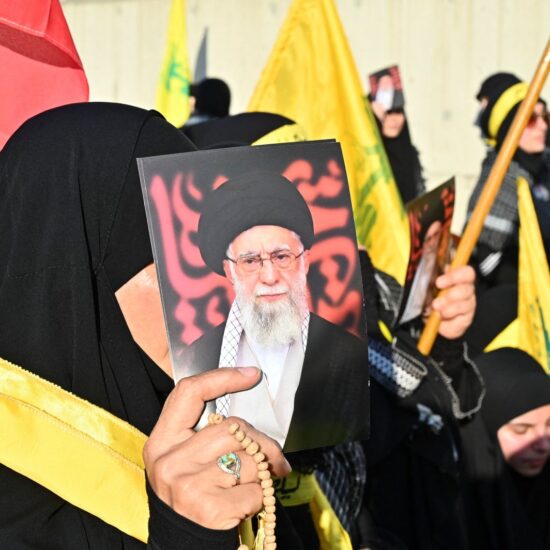
In the wake of the recent earthquakes and aftershocks that devastated parts of Turkey and northern Syria and shook Lebanon and its people, questions regarding the safety of the buildings in Lebanon naturally arose. As an architect, I was driven to wonder, just how safe are our buildings? And what does the future of structures in Lebanon hold?
What makes a safe building?
In architecture, there are three principles for a good structure. The first is utility; its function is beneficial to and effectively serves its intended residents. Second is its form; as form follows function, each building is meant to both delight and accommodate. And, last but most important, is its durability; it should be robust, and withstand the conditions of its environment on the long term.
Unfortunately, most buildings in Lebanon do not follow these three principles.
According to a survey conducted by the Safe Building Alliance, more than 16,000 buildings in Lebanon are at risk of collapsing in the event of an earthquake of six to seven degrees hitting the area.
The risk does not stop at earthquakes but also lies with heavy rains and storms.
Let us take the example of Daher al-Maghr. On June 26 a building in the Daher al-Maghr neighborhood of Tripoli collapsed. This building was previously damaged, suffering from years of neglect and poor maintenance, which is also the case for many other buildings in the neighborhood.
Following the building’s collapse, I spoke with the neighborhood’s residents, who lead me through their streets and pointed out the sub-par conditions of the buildings that they have been living in.
There were cracks throughout many of the structures in the neighborhood and some sort of damage to practically every building and unit that I was invited into. All it would take is one decently sized earthquake or a strong storm, and the entire neighborhood could fall apart, displacing the area’s residents.
This is the case with many constructions in the country.
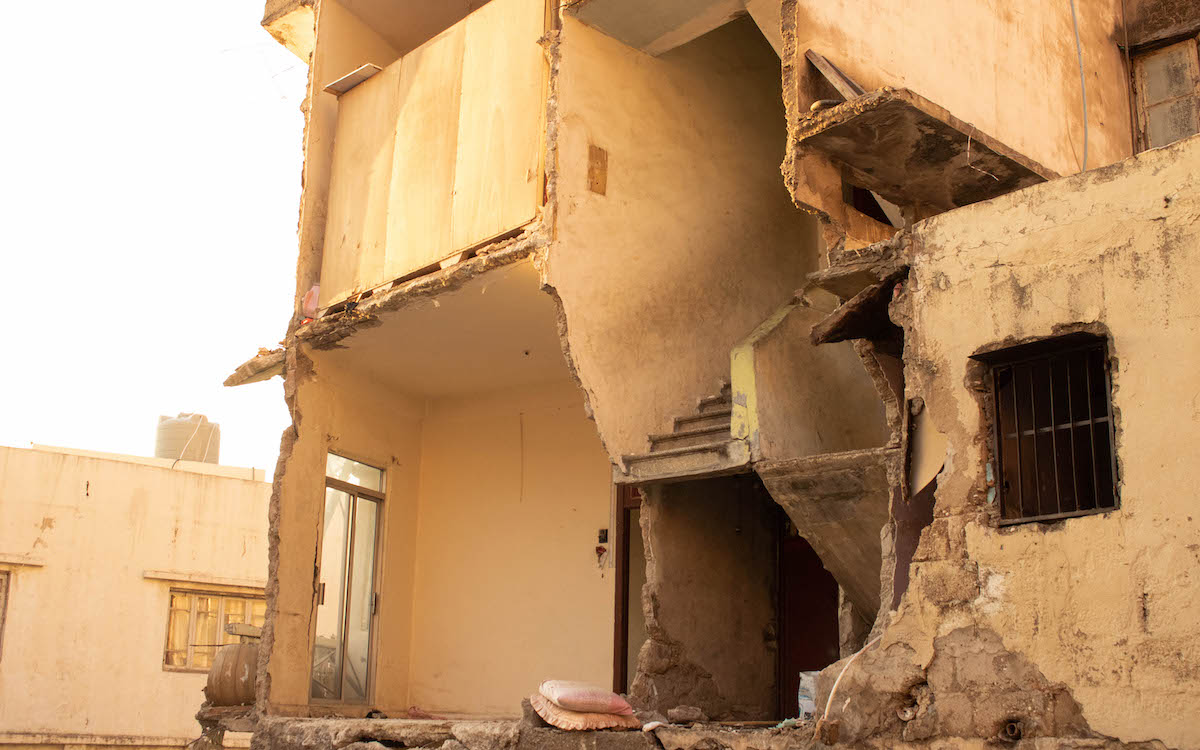
The remains of the collapsed building in Daher al-Maghr. Photo: Nicholas Frakes, NOW
Why are many buildings in Lebanon unsafe?
Most buildings in Lebanon are built with concrete. In basic architecture, to protect the new slab and ensure an exceptional finished product, the architect or the contractor should wait 28 days for the concrete to be cured and to have a strong and stable slab, with the concrete reaching 99 percent of its strength.
In Lebanon, many contractors wait only three to seven days at most before commencing with construction, which only allows the concrete to gain 40 to 65 percent of its intended strength.
In other words, due to the weakness of the concrete, this will cause the slab to be damaged with grinding and to instantly incur much more exposure than advised. This is why when natural disasters occur, such as an earthquake, buildings with these conditions are likely to collapse.
The second law of thermodynamics, Entropy, or the degree of disorder a material possesses, states that when there is maximum entropy, there is minimum order, and when there is maximum order there is minimum entropy. To create this minimum entropy, many factors, including time, must be taken into account. New architectural designs with consideration of context will create a solid foundation.
Why are these contractors not playing by the rules?
Although in Lebanon there are laws that regulate earthquake safety dating back to 2005, many developers and contractors ignore these rules and regulations, choosing to cut corners instead.
Often, developers prefer to ignore these guidelines because following them would inevitably cost them more. Rather, when it comes to earthquake resistance, engineers and architects often place more emphasis on peak ground acceleration, which measures how much the earth shakes during an earthquake more than they do on the Richter scale, a measure of amplitude, or biggest tremor. This is not enough, especially when it comes to natural disasters. The building ends up being too fragile and likely fall apart more quickly in the event of an earthquake.
Another example; when the legislation mandated that room should be provided for a building’s arranged evacuation, developers argued that this reduced the amount of space they could dedicate to housing, resulting in lower profit per meter square. This tendency to prioritize profit and commerciality often results in a lack of emergency exits or proper evacuation facilities, rendering more buildings that are unsafe in the event of a natural disaster or other emergencies.
The gaping lack of oversight in Lebanon allows for contractors and developers to cut corners undeterred. The municipality conducts an initial safety assessment but does not follow up throughout construction.
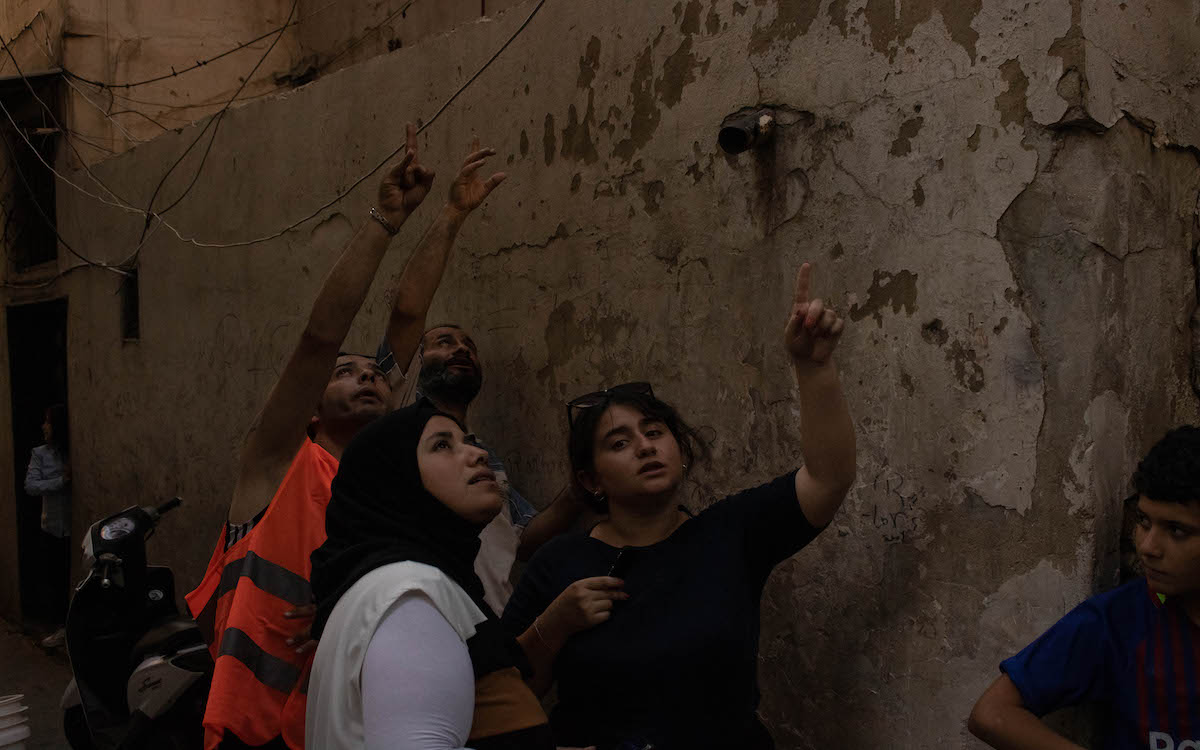
Residents of Daher al-Maghr point out the damages to their buildings following a building in the neighborhood collapsing on June 26, 2022 and why they feel like they are unsafe. Photo: Nicholas Frakes, NOW
What is the effect of the Lebanese crisis on building?
Lebanon’s ongoing economic crisis has also affected the quality of buildings due to the use of cheap and poor-quality materials, which result in weaker structures.
The recent earthquakes have made people more aware of the importance of safe structures and can be a wake-up call for Lebanon. Contractors, engineers, architects, as well as residents need to urge action plans to construct buildings that are quake-proof. Existing buildings that are old and unprepared can be reinforced through methods such as adding shear walls.
Everyone is entitled to decent and secure housing; this is our basic right. We deserve to have a roof over our heads that doesn’t collapse.
Rayane Tawil is an architect based in Tripoli. She tweets at @Rayunn_52.
The opinions expressed are those of the author only and do not necessarily reflect the views of NOW.


